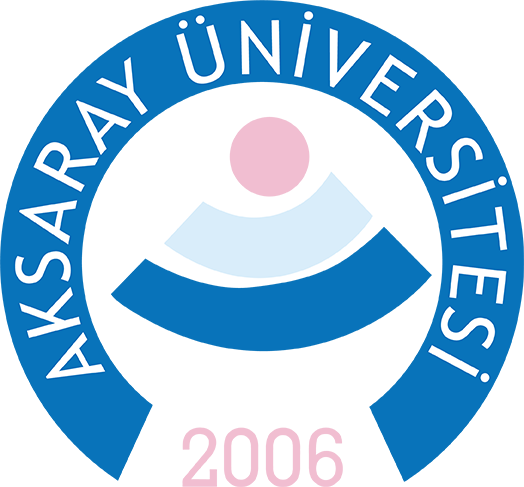Abstract
Objective: Recycling of used materials and utilization of natural wastes have become even more important for the survival of future generations. For this reason, there has recently been an increasing number of experiments on upcycling methods using natural materials. Keratin, notable for its excellent biocompatibility, low immunogenicity, and abundance, presents itself as a strong candidate for biomedical applications. In here, we developed keratin-based composite films by incorporating of water and methanol extracts from two Hypericum species: Hypericum neurocalycinumto and Hypericum triquetrifolium.
Materials and Methods: The physicochemical properties of these films were characterized through thermogravimetric analysis, scanning electron microscopy and Fourier transform infrared spectrometry while their biological activities were evaluated using in vitro antioxidant and cytotoxicity tests on L929 fibroblast cells.
Results: The free radical removal rate increased with the addition of the Hypericum extracts (between 76.41% and 82.07%) compared to control (63.48%). The cell viabilities of control (without material), control film, Hypericum neurocalycinumto infusion (HNinfusion), Hypericum neurocalycinumto methanol (HNMeOH), Hypericum triquetrifolium infusion (HTinfusion) and Hypericum triquetrifolium methanol (HTMeOH) were 96.02±3.30, 79.33±4.11, 71.59±5.28, 79.37±7.49 and 71.25±3.33 %, respectively, at 24 h.
Conclusion: A new natural product that can be used for food and other industries has been produced with waste feathers as a source of keratin and Hypericum extracts for the first time.


